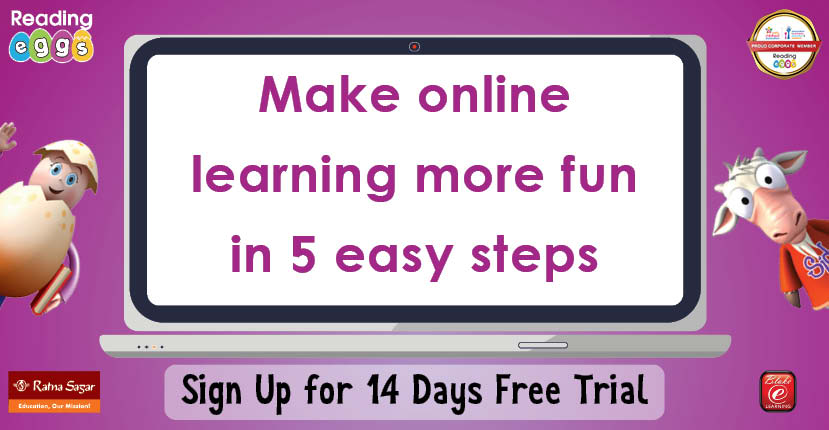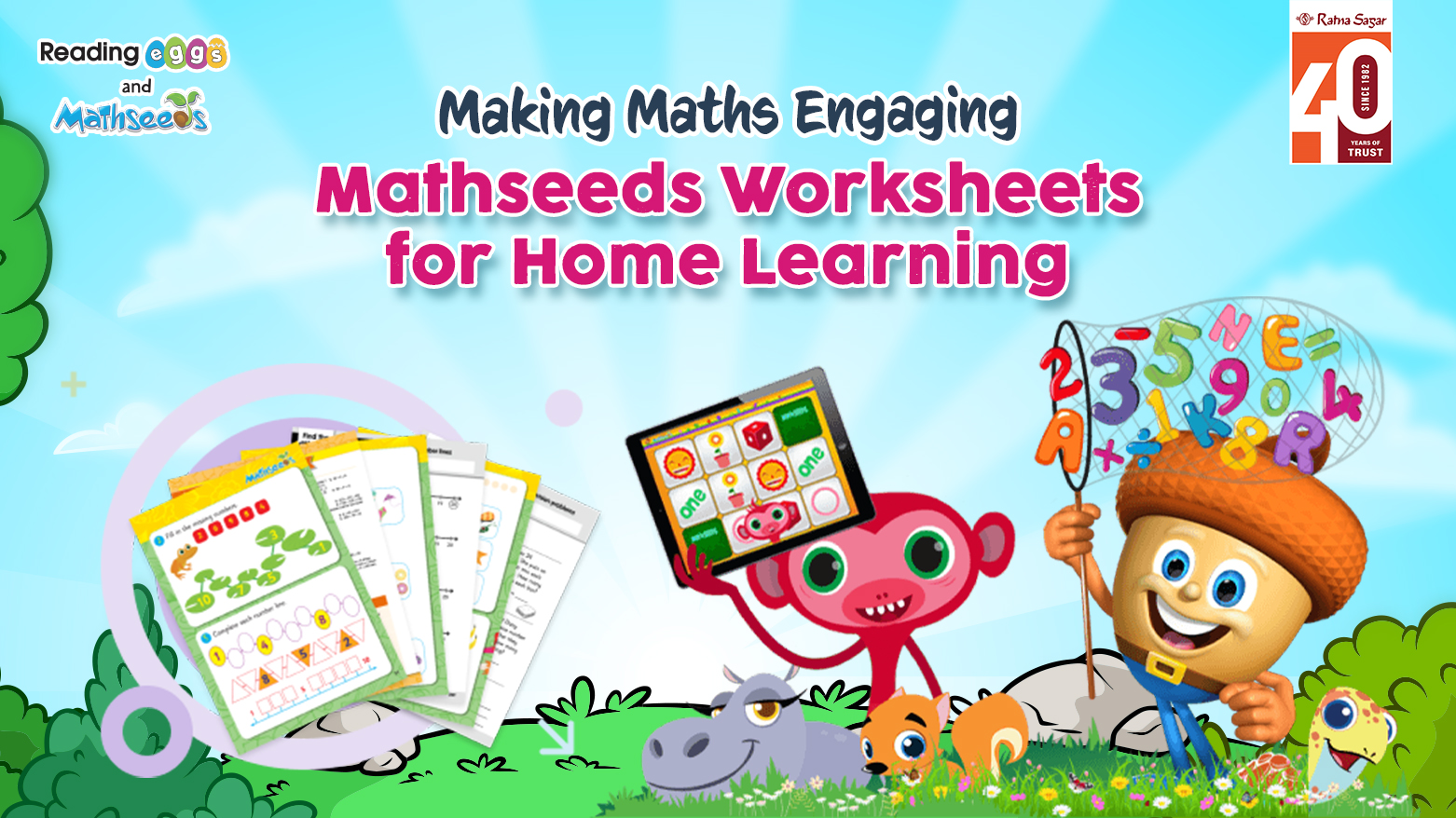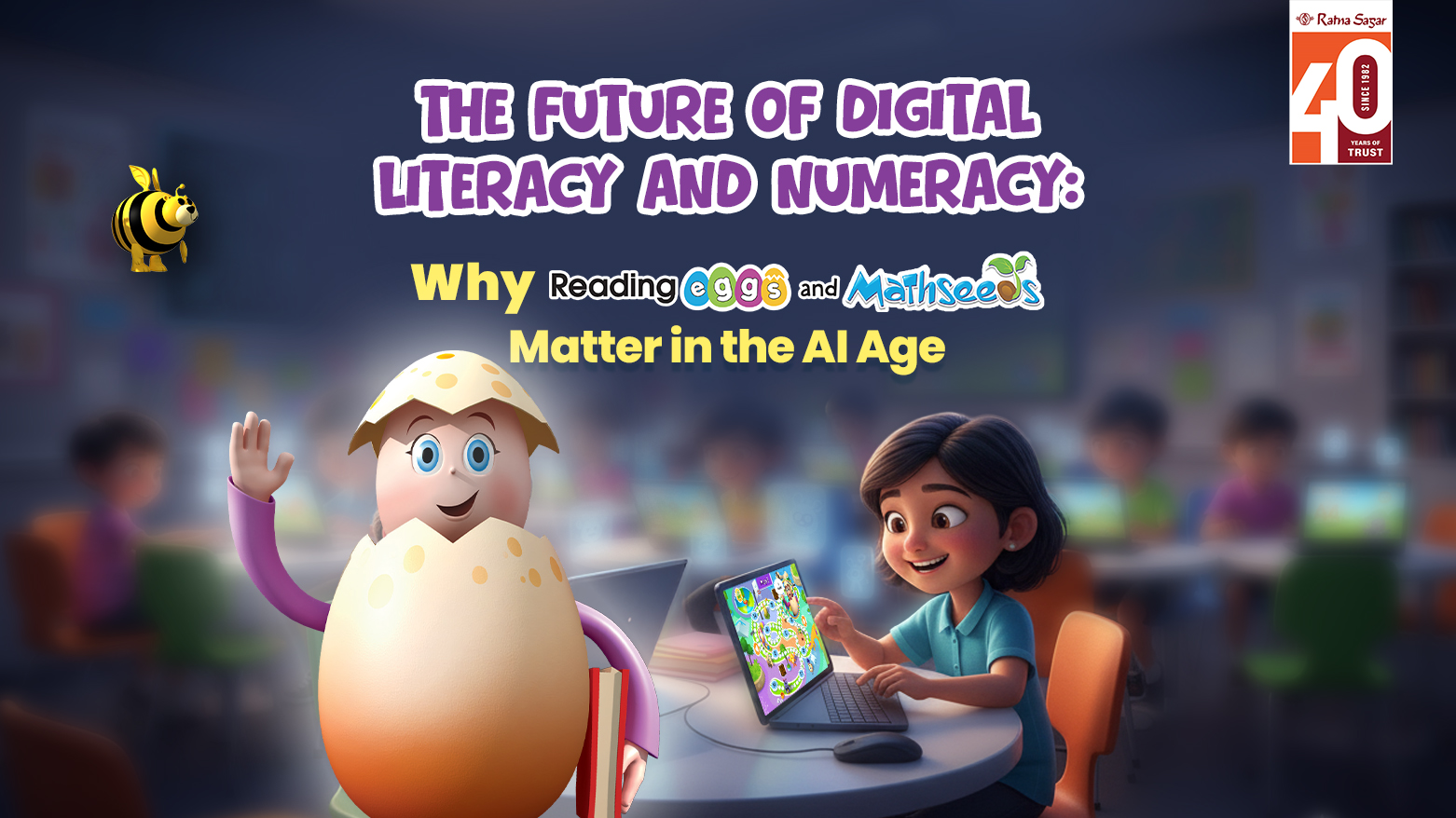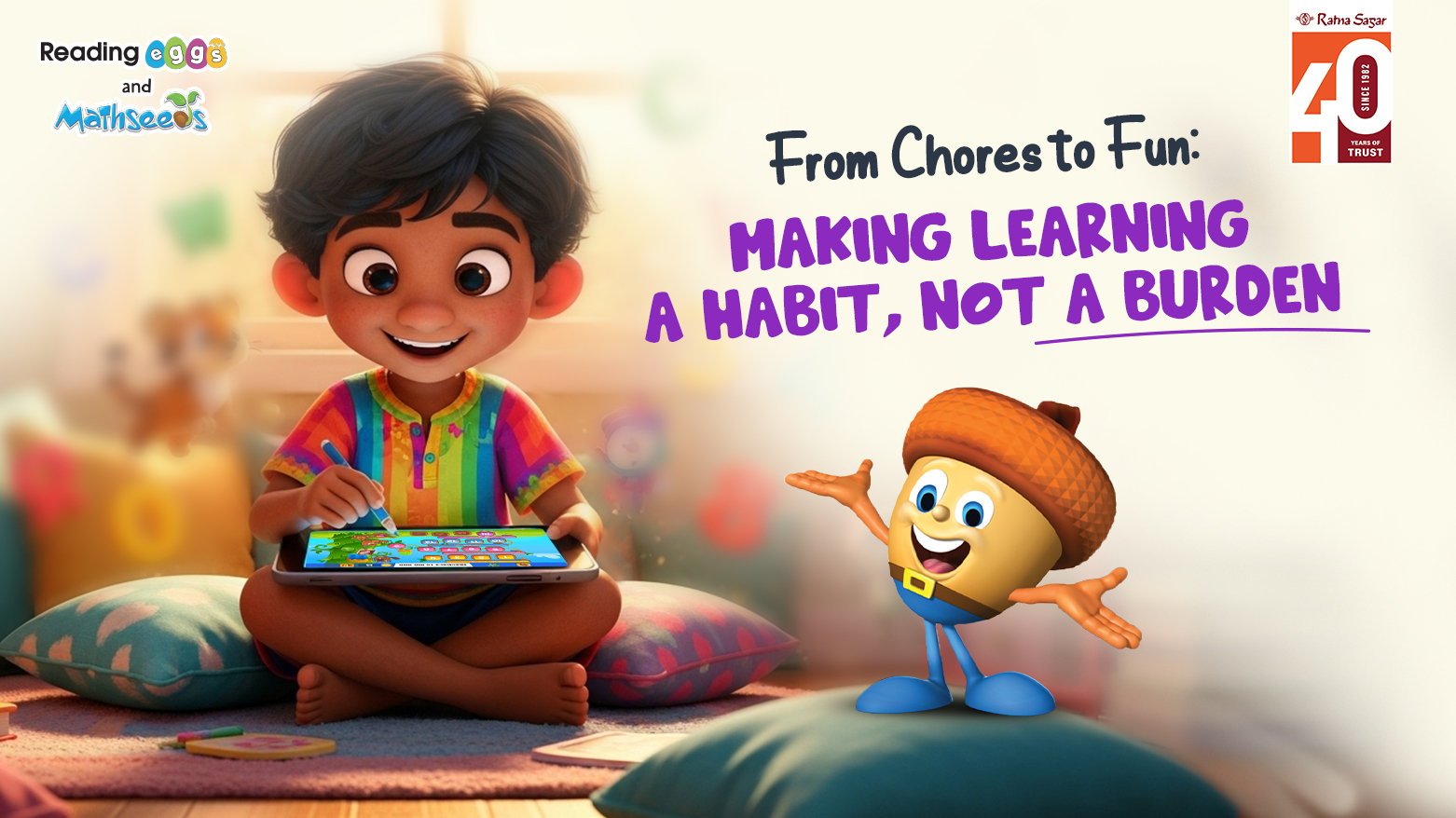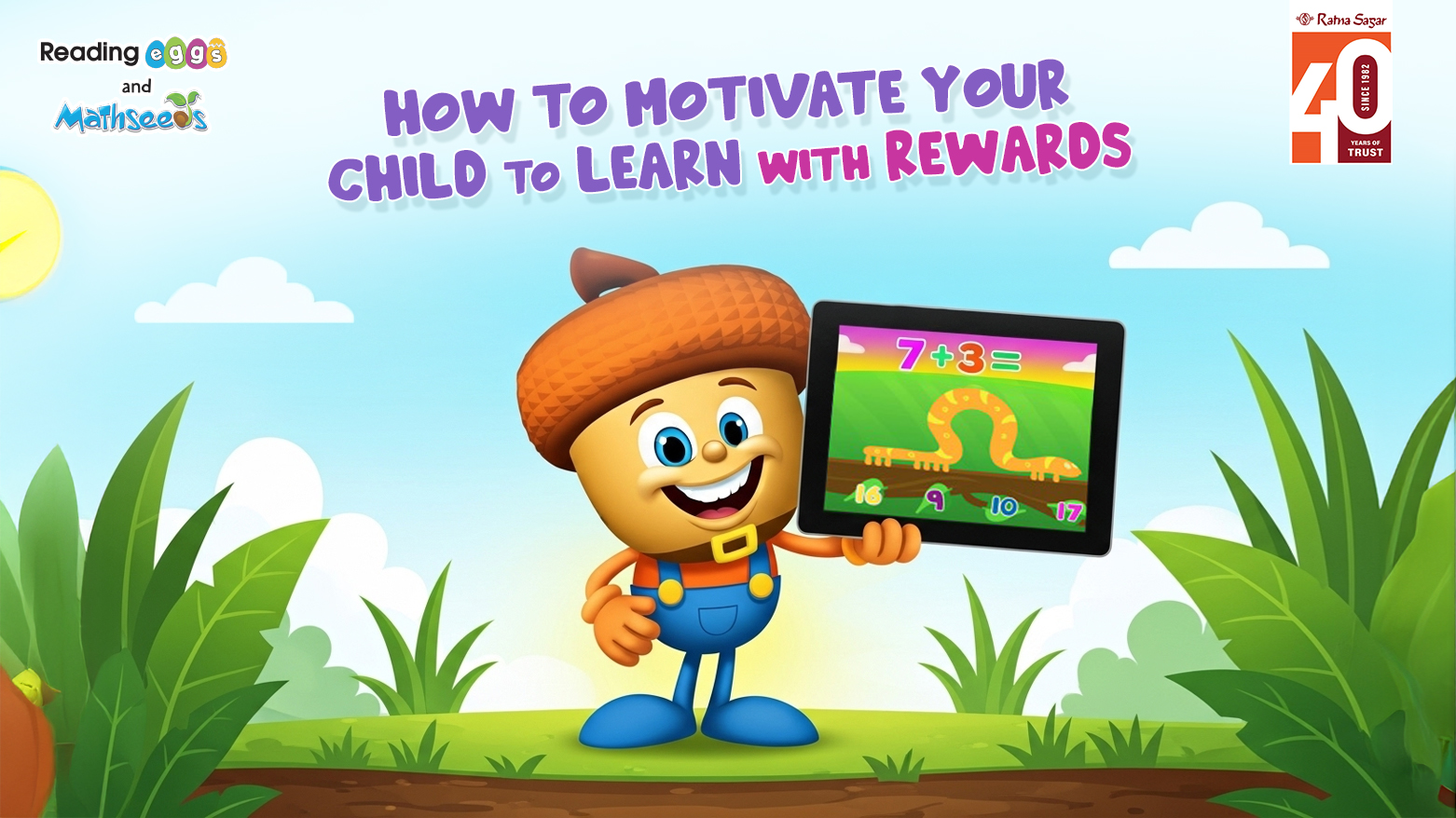How to Make e-Learning More Interactive For Toddlers?
Learning has to be interactive and creative. The child would hunt to finish the puzzle instead of writing on a piece of paper. In other words, the concepts are taught with a practical approach and engaging way, and students feel their importance in their daily life and grasp them in the long run. The major defiance that online course platforms are facing is that they have to be extra creative to catch the attention of the learners. With the decreasing attention span of viewers due to multiple platforms, creating attention for learning becomes a huge task. Social media platforms are also becoming online course platforms but then again, they are overloaded with a lot of distractions. Relationship building is the most important element in a virtual as well as in a physical classroom. Boring courses will drive you away and interactive ones will contribute to sharing your attention to some non-learning resources too. Online learning platforms should have the same decorum as the physical or offline classroom maintains. Nowadays, schools have smart classes and electronic boards to engage the students and create a room for discussion on several concepts. There are multiple ways to monitor and optimise e-learning platforms and make them more interactive. Just follow these five easy steps.
Book 7 days FREE trial for Reading Eggs with Ratna Sagar
Game mode on!
E-learning platforms are raising the bar by gamifying the lessons for children. There are levels like - beginners’ level, intermediate and pro level. The levels energise the child to finish the course like a game when he succeeds and moves on to the next level. Some ideas for incorporating gaming components are:
- Every child should start with the basic level
- Learning points can be accumulated through the progress that he makes with every level
- Intermittent participation or participation halted for a longer duration can cause a loss of points
- A grand opening to the next level will be done by taking exams or passing a small test that will help them keep up with their previous skills.
- Group competition as squads or discussion rooms will help the child communicate better and be better than peers.
For instance, the Reading Eggs programme for young children who are learning language and numeracy skills offers rewards that can be redeemed by them anytime within the online programme. Children earn golden eggs/ coins or acorns as rewards for the progress they make. They can use these to buy fun reward games and items for their avatar or house. Children also earn a certificate at the end of each map, which can be printed.
Podcasts and webcasts
Webcasts are live streaming events and ensure the free flow of information between the teacher and the learner. What is more creative than inserting podcasts and webcasts into the online learning platform?. The general attempt for webcasts is that teachers upload their virtual lectures so that the students can go through them once while revising the concepts. Other instructional content such as presentations and videos linked to the learning management system would also help. Secondly, podcasts facilitate learning beyond the confines of the physical classroom. You can listen to it anytime and download it easily. Podcasts are hands-free and can be accessed without the internet. So, inculcating webcasts and podcasts is like a win-win situation.
Some experimental learning!
Online platforms are more experimental when it comes to teaching students at their convenience. The traditional schools had didactic methods of teaching where the children cram and rote the concepts just to pass exams. Experiential learning is ancient as well as modern. The e-learning platforms are effective in making the children learn and involve actively in the learning experience that can be reflected in their academic results. It can enlighten their critical and analytical thinking skills. Online learning has to be innovative enough to make an impact on the existing learning graph.
Storytelling and course strategy
This is a very common technique where the learning curve represents a story and keeps the learner entertained till the happy ending. The presenters use the best technique to present the content in the best possible way. They build a narrative or use their own story to reach the people so that they get inspired by learning. A beginning with a crisp and concise introduction that follows a creative approach. The problems that are dealt with will be followed by the programmes- the climax and solution. The first aspect is to have a proper course strategy. The best learning experience is served when the learners are involved in a diverse learning environment. The platforms develop course content that is paralleled with the objectives and covers all important aspects. It is important that the course is aligned with the learning objectives and keeps the doors of challenge open. A notification from the online learning platform that reads “keep up with the learning streaks, or doesn’t or whatever!” can ignite the desire inside not to skip lessons and keep up with learning. Similarly, in the Reading Eggs programme children complete a quiz. This provides the parent with a report of what their child is learning. Children can repeat the online lessons as many times as they like to reinforce key learning concepts. A learner loves to learn by finding things for himself. For instance, the learners can be encouraged to click pictures or buttons to explore helping guides, and develop the challenges like quizzes and worksheets that strengthen their learning. Children are curious and observant. Lastly, evaluating how much your learner has grasped and is able to apply the concepts, is also important. Reading Eggs keeps the parents in the loop to check the growth of the child and how much time he needs to devote to learning all the relevant skills. You can enjoy the free trial for the programme by clicking on the 7 days demo link below.
Book 7 days FREE trial for Reading Eggs with Ratna Sagar
Learn more How to start primary schooling at home? - An Overview What are the benefits of e-learning for Children?
